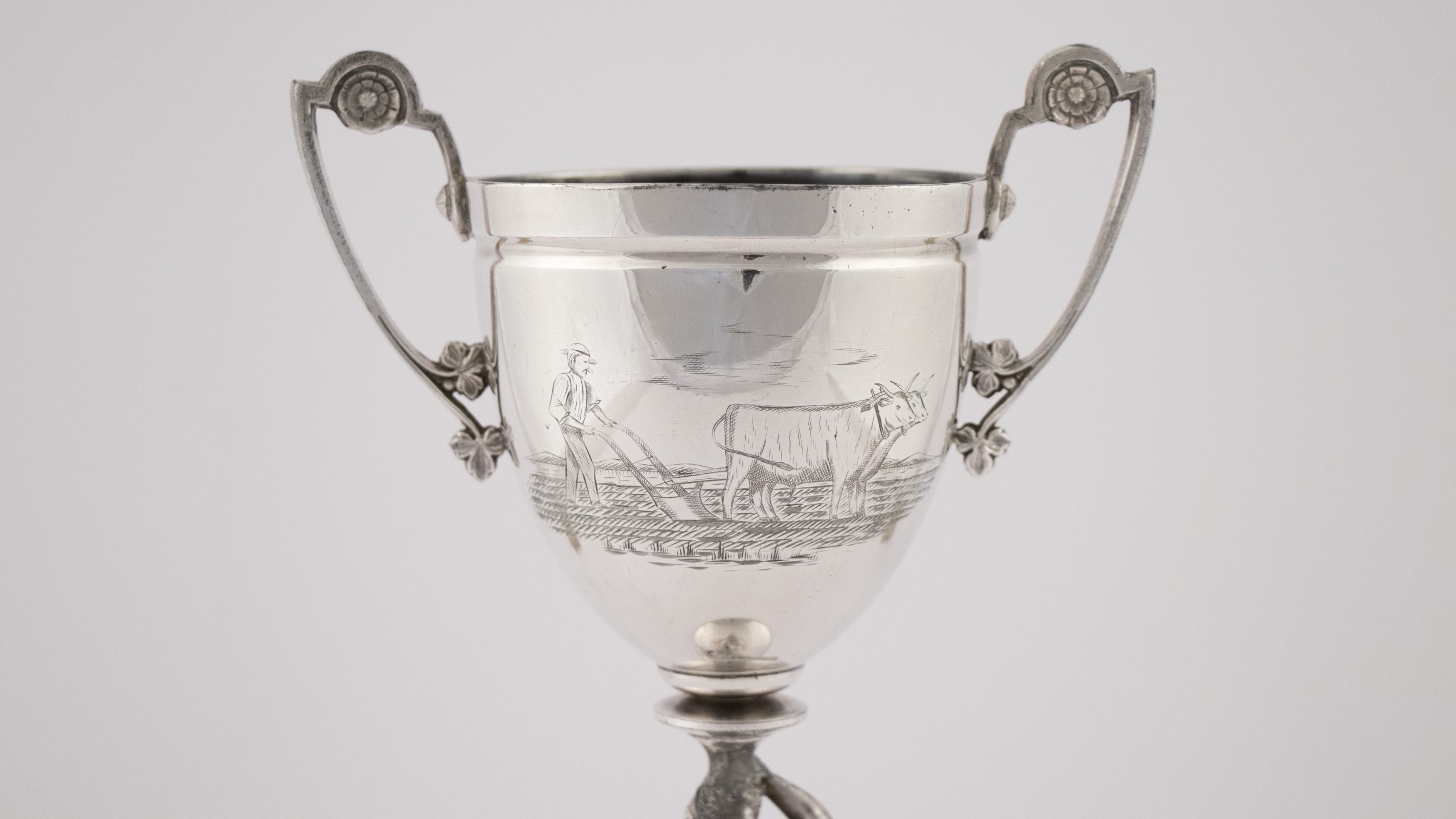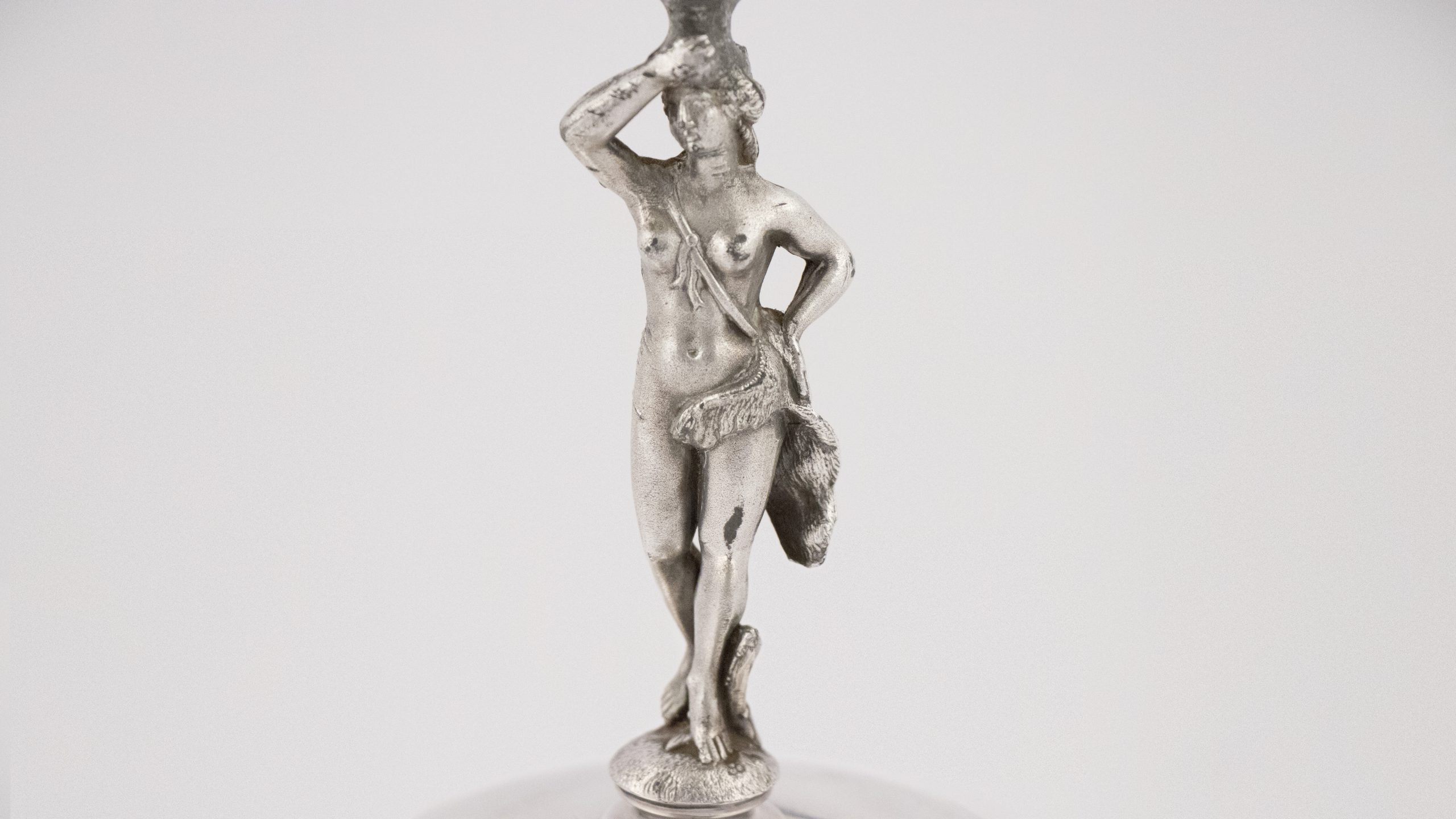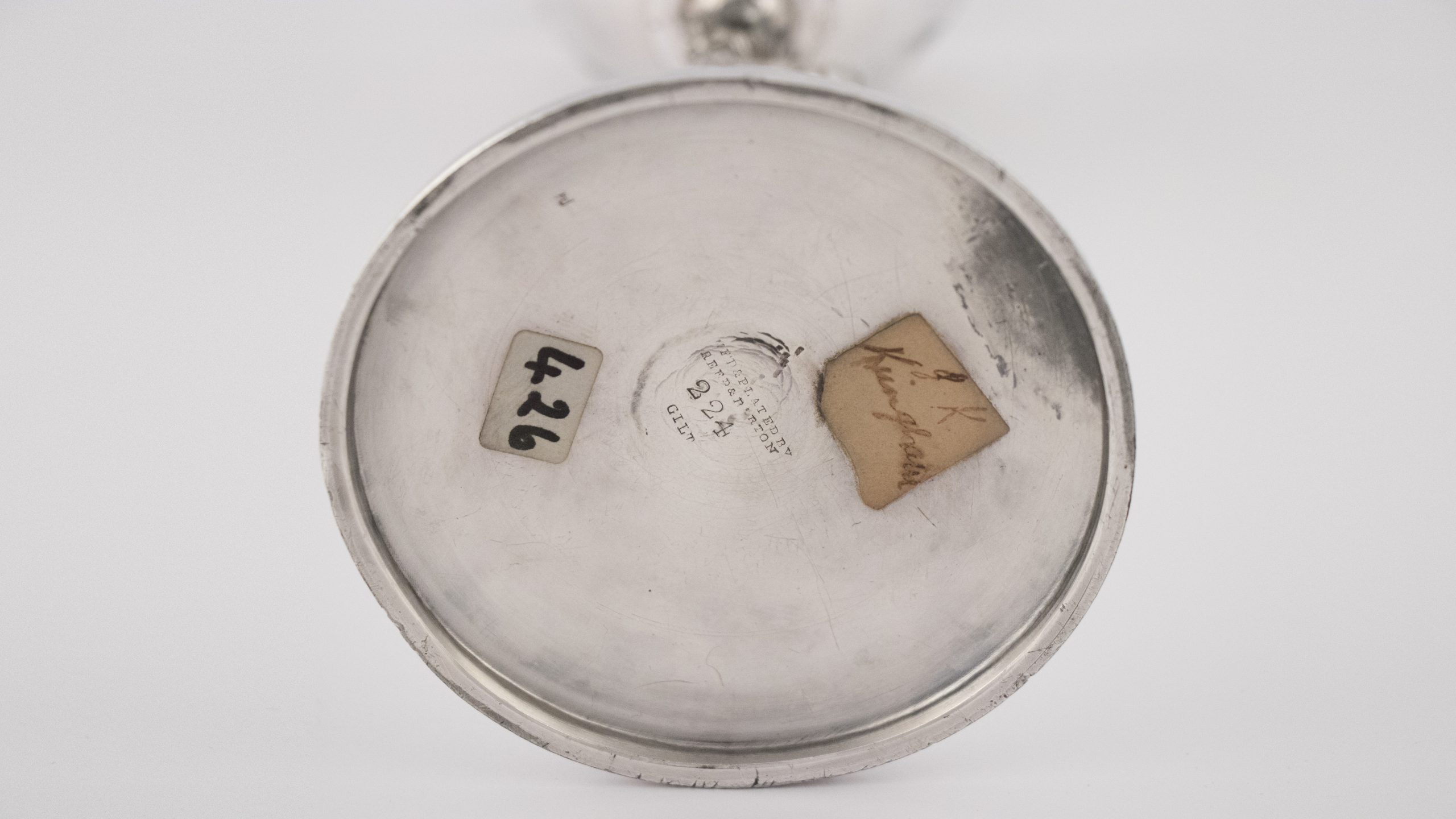The Ploughman’s Prize
Cultivating Good Farming Practice
In the late nineteenth century ploughmen from the Millthorpe district and neighbouring colonies descended on the village to compete in its Champion Ploughing Matches, which returned generous prize money and a trophy to the best ploughman. Ploughing matches, first held at Millthorpe in the late 1880s, were organised by the Union of Farmers of Spring Hill and Spring Grove, both neighbouring localities. This committee later joined the Farmers and Settlers Association of NSW and from 1892 hosted the annual agricultural show at Millthorpe, where ploughing matches continued to be held.
The tradition of ploughing matches was brought to the colony by migrants of English and Celtic backgrounds. The ploughing match emerged with the rise of ‘improved’ and ‘implement’ farming across the nineteenth century. Ploughing matches encouraged excellence in farming practice and ‘agricultural advancement’, which in turn promised to improve crop yields and profits. It was also believed that ploughing matches encouraged pride among ploughmen and in their work.
In addition, ploughing matches were of interest to implement makers who sought to be one step ahead of field farming techniques that were evolving. At the end of the nineteenth century the competitive spirit the matches nurtured was backed by the NSW Department of Agriculture, which subsidised many agricultural shows. The matches at Millthorpe received generous coverage in the local press, and were often illustrated with photographs including those taken by the well-known Orange based photographer W H Bursle.
The plough match champion trophy from Millthorpe shown here was made by the American silversmiths Reed and Barton. It is decorated with the image of a ploughman operating a single furrow plough drawn by two oxen. The image contrasts with the experience of the ploughing matches held in the village at the end of the nineteenth century, where the double and treble plough and teams of two and three draft horses were used. The use of the single furrow plough and oxen to prepare fields for planting was superseded into the 1880s. The stem of the cup features a female figure, a symbol of fertility in many European cultures.
By the turn of the century the ploughing match was in decline in NSW and other states. Alternate entertainment replaced its spectacle at local Shows as the benefits derived from the ploughing match display was debated. The popularity of the ploughing match at Millthorpe saw its Show committee persist with plough matches until 1908. It was reported that the sitting plough was the cause of its demise.







